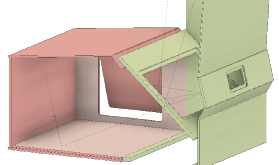
Tucker Downs, Michael Murdoch, "Color Layer Scissioning in See-Through Augmented Reality" in Proc. IS&T 29th Color and Imaging Conf., 2021, pp 60 - 65, https://doi.org/10.2352/issn.2169-2629.2021.29.60

Tucker Downs, Michael Murdoch, "Color Layer Scissioning in See-Through Augmented Reality" in Proc. IS&T 29th Color and Imaging Conf., 2021, pp 60 - 65, https://doi.org/10.2352/issn.2169-2629.2021.29.60